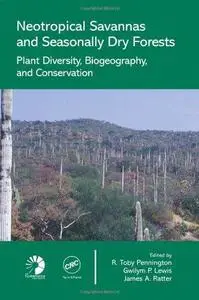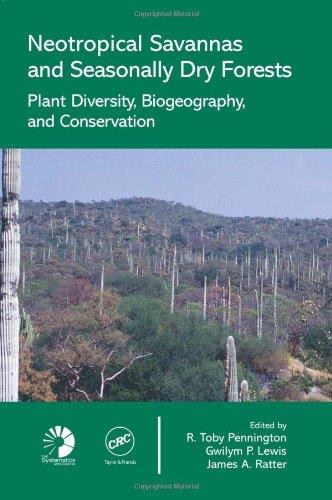Neotropical Savannas and Seasonally Dry Forests: Plant Diversity, Biogeography, and Conservation By Pennington, R. Toby
2006 | 504 Pages | ISBN: 0849329876 | PDF | 17 MB
2006 | 504 Pages | ISBN: 0849329876 | PDF | 17 MB
More often than not, when people think of a neotropical forest, what comes to mind is a rain forest, rather than a dry forest. Just as typically, when they imagine a savanna, they visualize the African plains, rather than those dry woodlands and grasslands found in the Neotropics. These same preconceptions can be found among scientists, as these neotropical biomes receive nowhere near the attention they should - in terms of both research and conservation -considering the amount of land they encompass and the diversity of vegetation they contain. Neotropical Savannas and Dry Forests: Plant Diversity, Biogeography, and Conservation provides an engaging synthesis of information on the plant diversity and geography, as well as the conservation status, of these species-rich areas. This impressive compilation is the result of a plant diversity symposium that took place during an international conference on tropical savannas and seasonally dry forests held in 2003. Fifty leading scientists, representing a variety of disciplines have contributed to the chapters of this book in an effort to address three questions: What are the patterns of diversity, species-richness and endemism of the floras of neotropical seasonally dry forest and savannas?How and why did this endemism and diversity arise?Are these ecosystems adequately protected and, if not, which areas should be elevated into priorities for conservation, and how can this be best achieved?This work is the first extensive compilation of the patterns of plant biodiversity in these neotropical ecosystems. The overview also provides a summary of what is known of their evolutionary history, including an examination of the links to the development of analogous vegetation in Africa. In contrast to previously published titles that emphasize ecology and physiology, this work focuses on plant biodiversity and reviews molecular phylogenetic and molecular population genetic approaches to discovering biogeographic history.



